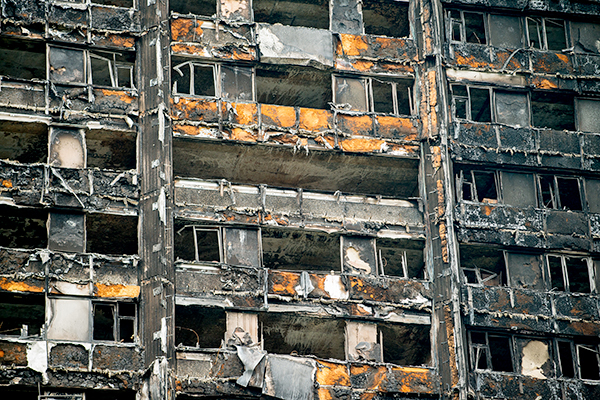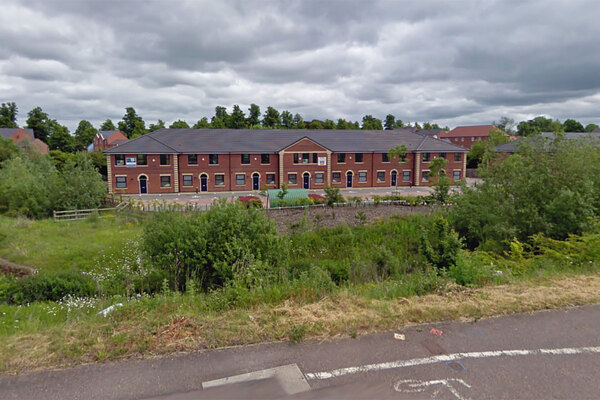Grenfell-style cladding burned in less than seven minutes
Flames reached the top of Grenfell-style cladding in less than seven minutes during the latest tests, the government has revealed.
Tests on the type of system used to clad Grenfell Tower, where a devastating fire last month killed at least 80 people, were a failure after fire spread quickly across the panels.
This was the first round of results from the government’s new tests, which are looking at whole cladding systems, where previous tests examined only samples of materials.
The test involved starting a fire at the base of a model wall with the same cladding system as Grenfell. The wall was constructed as if spanning four storeys of a tower block. Within two minutes of the fire being lit, it had spread to the second ‘storey’.
Within four minutes, it had spread across three storeys and before the seven-minute mark the fire had reached the top of the wall. When the test was terminated after nine minutes, the blaze was described as “flaming several metres beyond the top of the rig”.
The flames spread in a direct line straight up from where the fire was started.
The system being tested – the same added to Grenfell Tower in a refurbishment completed in 2016 – was made of aluminium composite material (ACM) with a combustible polyethylene (PE) core and insulating foam behind made of polyisocyanurate (PIR).
After the test was halted, much of the ACM panel had been burned away. In many areas, the PE core had completely melted. The PIR insulation was charred in one large section and blistered and discoloured all over.
Lord Porter, chair of the Local Government Association, said: “Councils will continue to do whatever it takes to ensure our residents are all safe in their homes. All of the 16 councils which own blocks with different combinations of ACM cladding and insulation on them have already carried out fire safety checks, implemented precautionary measures where necessary and begun reviewing or replacing cladding materials on those blocks.
“While councils are getting on with doing what they need to do, significant concerns remain about the financial implications. The government needs to commit to meeting exceptional costs for councils arising from any major remedial work, such as the removal and replacement of a cladding system.”













